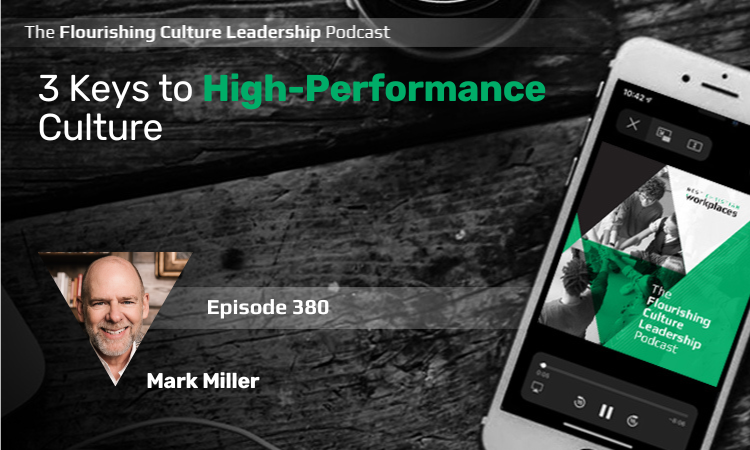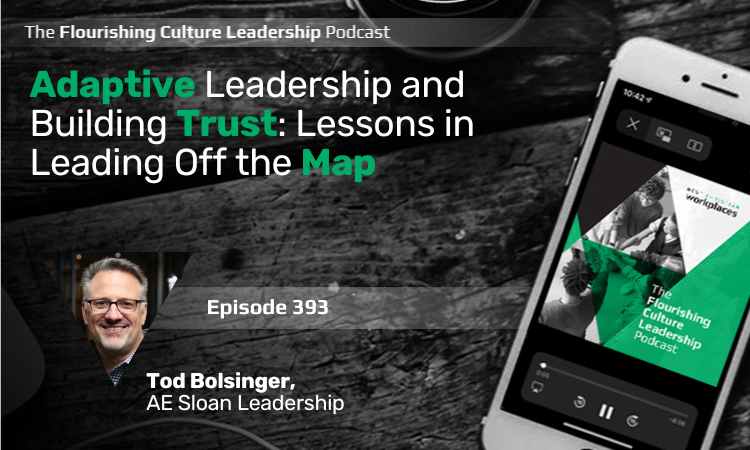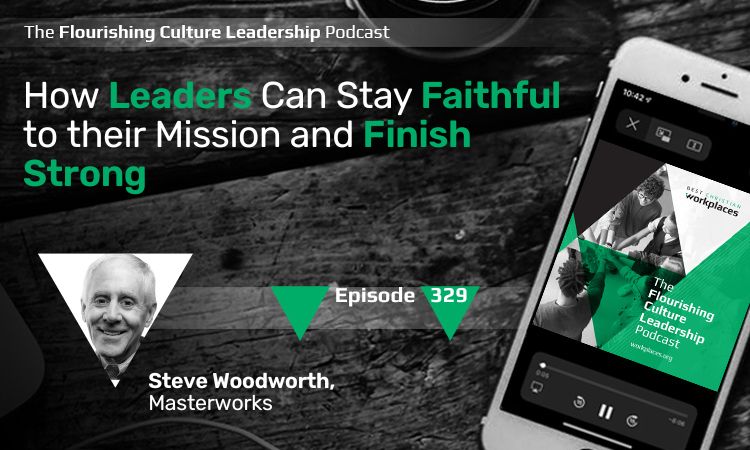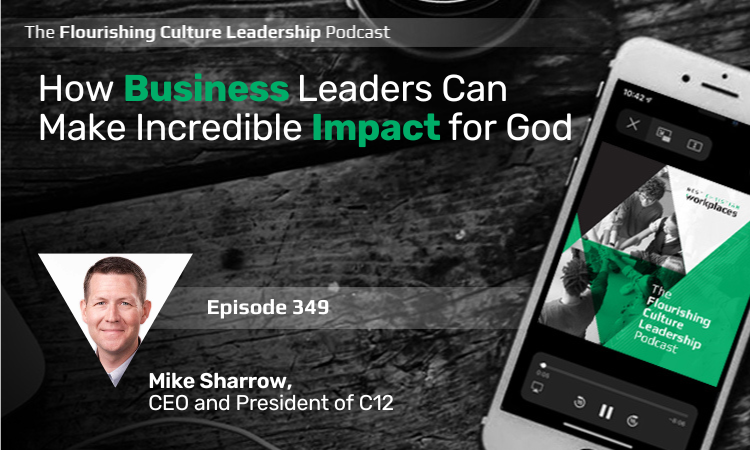393: Adaptive Leadership and Building Trust: Lessons in Leading Off the Map
Join us on the Flourishing Culture Leadership Podcast as we explore essential tools for leading change with Tod Bolsinger, author and executive...

Mark Miller has been the VP of high-performance leadership at Chick-fil-A and is the author of Culture Rules: The Leader’s Guide to Creating the Ultimate Competitive Advantage. Mark shares invaluable insights on fostering a thriving culture, from defining its essence to navigating challenging situations.
Listen in Apple Podcasts | Listen in Spotify | Listen in Google Podcasts
In this episode:
Defining Culture and High-Performance Culture:
Articulating Culture Aspiration and Values:
Role of Frontline Supervisors and Employees:
Strategies for Changing a Toxic Culture:
Close Critical Gaps: Identify and address any significant disparities between stated values/aspirations and actual behaviors or practices within the organization. (22:20)
Address Toxic Behaviors: Evaluate the severity, breadth, and depth of toxic behaviors within the culture and choose appropriate countermeasures, such as:
Impact of Culture on the Bottom Line:
Adapting Culture to Changing Work Environments:
Work is What We Do, Not Where We Go: Acknowledge the changing landscape of work environments, especially post-pandemic, where remote work has become more prevalent. (30:39)
Aligning Culture with Work Environment: Consider how the desired culture aligns with the chosen work environment, whether it be highly relational and collaborative or more independent and remote. (31:06)
Leadership's Role in Defining Culture: Leaders have the prerogative to define and shape the organizational culture based on their aspirations, understanding that this may exclude individuals whose values or preferences do not align with the established culture. (32:02)
Continuous Engagement: Cultivating a thriving culture requires ongoing engagement and adaptation, with leaders actively amplifying the organizational aspirations and consistently working to enhance the culture over time. (35:56)
Read a complete, word-for-word transcript of the episode
Follow our Host, Al Lopus, on LinkedIn & Twitter.
Email our host at al@workplaces.org

Join us on the Flourishing Culture Leadership Podcast as we explore essential tools for leading change with Tod Bolsinger, author and executive...

Steve Woodworth believes that Christian leaders can stay faithful in their mission and finish strong. Steve is the CEO at Masterworks and he's...

How can your organization improve your impact on people? Mike Sharrow, president of C12, shares some inspirational leadership tips to improve your...